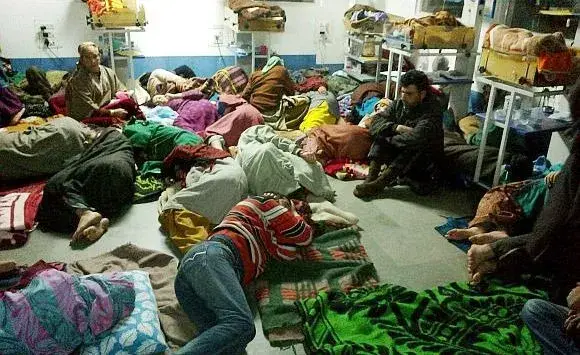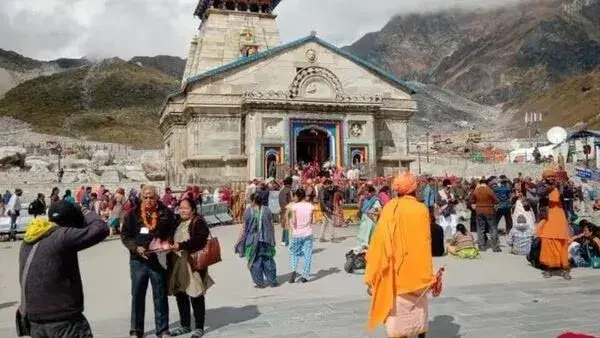India Records First Suspected Mpox Case; Patient in Isolation After International Travel
India has recorded its first suspected case of mpox, a virus formerly known as monkeypox, in a young male patient who recently traveled from a country experiencing an outbreak. The health ministry announced that the patient is currently isolated in a hospital and is in stable condition, with ongoing measures to manage the case in line with established protocols. “The case is being managed in line with established protocols, and contact tracing is ongoing to identify potential sources and assess the impact within the country,” the health ministry said in a statement. While the specific strain of the virus is yet to be confirmed, tests are underway to identify the type of mpox infection. The mpox clade 1b variant, recently confirmed in Sweden and linked to an outbreak in Africa, has sparked global concern due to its rapid transmission through close contact. India has previously detected 30 cases of the older clade 2 strain between 2022 and March 2024. Mpox, originally identified in monkeys in 1958 and in humans in 1970, is transmitted from infected animals to humans and can spread through close physical contact. While typically mild, the virus can cause flu-like symptoms and pus-filled lesions, and is fatal in rare cases. The World Health Organization (WHO) renamed monkeypox to mpox last year, addressing concerns that the original name was perceived as racist. Recently, the WHO declared the mpox outbreak a public health emergency of international concern following the emergence of the new clade 1b variant. However, the WHO emphasized that mpox is not another COVID-19, despite its spread. Globally, over 17,500 mpox cases and 629 deaths have been reported in the Democratic Republic of the Congo (DRC) this year alone, where both clade 1b and 1a strains are present. The DRC has received its first batch of mpox vaccines to curb the outbreak, which has also spread to countries like Pakistan, the Philippines, and Thailand. India’s health ministry has assured that the country has robust measures in place to handle the situation, with efforts focused on containment and preventing further spread of the virus. Source: Aljazeera
India Records First Suspected Mpox Case; Patient in Isolation After International Travel Read More »










